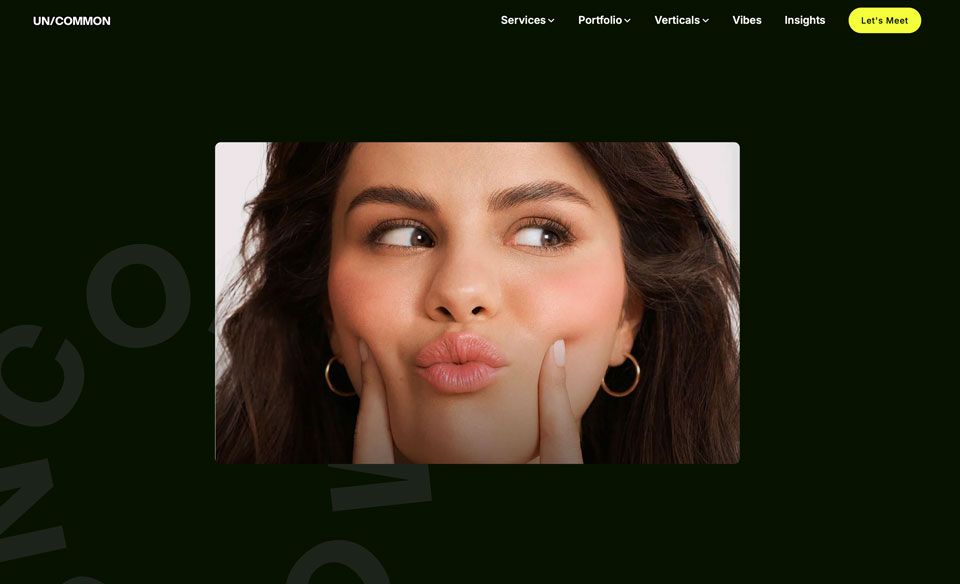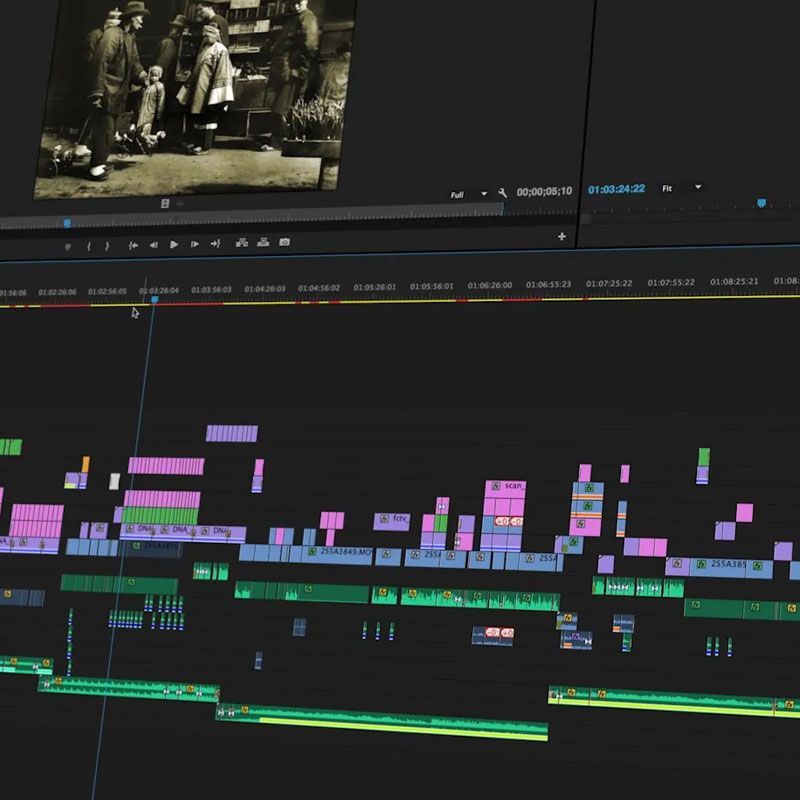Marketing That Sucks - User-Centered Design Mishaps
Website User-Centered Design mishaps and how to avoid them.
Transcript (sort of...)
Hi, this is Tom Fellner with Bryt Idea Consulting, your friendly neighborhood marketing consultant, and this is a new series I'm launching called "Marketing That Sucks." Essentially, I will be sharing with you the sucky marketing practices I've seen repeatedly through the years and what you can do to avoid them. This will be a multi-segment series focusing on various aspects of digital marketing, including website design, search engine optimization, brand strategy, and lead generation, as well as other tips and things you should not do!
The first area I want to have a fireside chat with you on is your website.
In the age of AI and do-it-yourself website platforms, creating a website for your business often seems like an afterthought—something you whip up once and forget about.
The truth is that your website should be the foundation of all your digital marketing and should constantly be adjusted and optimized. It is the only platform you have complete control over regarding your brand, content, layout, design, and lead acquisition, and it shouldn't be an afterthought.
What happens on your website and how your users interact with it should be a fundamental marketing priority.
The reality is creating a high-performing website that resonates with your desired audience and compels them in action is hard work. If you found building your website was easy, it probably means your website sucks and isn't helping your business; just saying!
Making sure your users have a pleasing and engaging experience while on your site is called User-centered design. We are going to talk about some common user centered design mistakes that you should avoid.
Mistake # 1: Building a website for yourself
Often, businesses create websites to satisfy their own design and content tastes and don't consider the effectiveness of the site, let alone the website user. And sometimes, it is in direct opposition to what the user is looking for.
When creating your business website, always put the user first! What are their needs? What do they want to see? What problem are you solving for them?
Mistake # 2: Overly complex navigation
Wonky, confusing, or overly complex navigation is a chronic problem I've seen over and over.
The way your content flows throughout your website is called information architecture. As users land on your website, are you guiding them through their buyer journey with content that makes sense and tells a story? Or is it disjointed, confusing and disorganized?
Make sure your website flows intuitively, and the navigation is simplified. Remember, more pages equal a poor user experience; fewer pages equal a better user experience. Think through your navigation wisely, making sure it makes sense from a user's perspective.
Mistake # 3: Vague or unclear content and calls to action
Make sure your content is explicit, clear, and overt. Dont assume!
How many times have you been on a site where the information you're looking for is nowhere to be found, and you end up just going to another site where the information is easily findable?
That's why it's so important to design your site in a way that clearly communicates what you do, who you are, and the services you provide explicitly and overtly- in a way a 3rd grader can understand.
Stop assuming your users know your business lingo, acronyms, and terminology!
Mistake # 4: Beauty over function
Another mistake I see is a beautifully created website with a sucky user experience that really isn't very functional. Remember, always put the user first, as you design your website.
Don't get me wrong, I'm the last guy to say don't worry about the look of your website; I'm guilty of constantly tweaking layouts, margins, colors, and white space. Creating a website that's pleasing to the eye is essential, but its overall function design is more important.
Again, always keep the user's needs and desires at the forefront of your website design and development.
Mistake # 5: Not considering different types of users.
Keep in mind that some users will navigate your website differently than others. Some users will exclusively use your tabs or main navigation at the top of your site.
Others will navigate primarily by what's on the home page. Most users really don't read your content; they just scan it, looking for key phrases or images to navigate where they want to go.
That's why it's good to use bullet lists wherever possible or break up your content into short paragraphs, each with a compelling heading, subheading, and image.
Others are looking for every possible detail about you and your products and services. Creating separate "learn more" pages that go into great detail about your business offerings is crucial for them. They also help a great deal with the most important user, and that's Google. More on that later!
Mistake # 6: Crappy content
How many times have you read content on a website that is nothing more than marketing fluff? Paragraph after paragraph of blah blah blah nothingness?
Unfortunately, in the age of AI-generated content, this will only get even worse. The key to standing out in this new world is creating content that sets you apart from your competitors and speaks with your unique brand voice, offering your unique insights and life experiences.
Don't get me wrong; I use AI-generated content every day. I just make sure I modify it with my own insights, experience, warped sense of humor, and brand messaging.
So there you have it 6 mistakes I've seen often throughout the years. Building an effective and successful website is hard work. It requires thought, planning, and empathy. It means getting into your audience's heads and understanding their needs and wants in a deep and empathic way. It means giving a dam about your users.
So how do you do that?
Well, there are some tools to help, including empathy maps, developing buyer personas, and brand archetypes. Also, check out Storybrand methodology, which is a great way to focus on the user as they travel through the buyer journey. In reality, your website and all marketing is really an exercise in psychology and requires emotional intelligence, empathy, and a beginner mindset. Want to learn more about how to rebuild your website using User-Centered Design technics? Contact Tom today!














